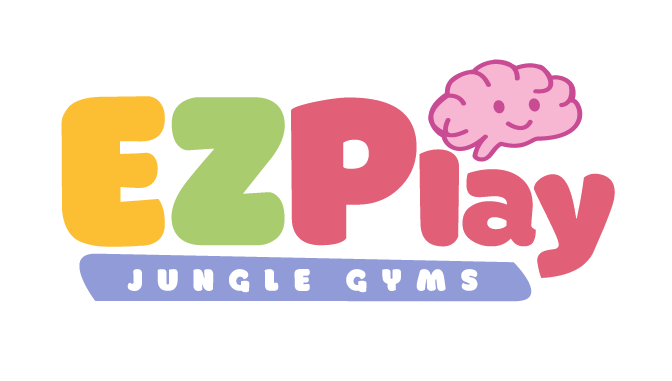
Toy Rotation, Brain Development, and Why Less Is More
Written by Dr. Stefanie Rodsater, Pediatric Chiropractor and Founder of Building Brilliant Brains
Feel like your playroom is overflowing… but your child is still bored?
That’s not a you problem. That’s a brain problem.
More toys ≠ more development.
In fact, too many choices actually stress the brain, making kids overwhelmed, unfocused, and less likely to engage in meaningful play.
Here’s the good news: rotating toys-especially movement-based toys-can completely transform your child’s attention span, creativity, and independence.
Let’s break down why less is more when it comes to toys-and how to build a purposeful toy rotation system that actually builds your child’s brain.

Why Too Many Toys Disrupt Brain Development
🧠 Every toy demands sensory processing.
🧠 Cluttered environments reduce focus and increase anxiety.
🧠 The brain thrives on repetition with variation—not endless novelty.
That’s why Montessori classrooms are so clean, calm, and curated.
And it’s why Glenn Doman emphasized the importance of rotating, organized input to support brain growth and learning.
What Is Toy Rotation?
Toy rotation is simply:
-
Choosing a few purposeful toys to offer at once
-
Putting the rest away
-
Swapping them out regularly (every few days or once a week)
This helps your child:
✅ Engage more deeply with fewer choices
✅ Improve focus, problem-solving, and creativity
✅ Feel more calm and in control of their space
Why Movement Toys Should Be Your Anchor
Most people rotate small toys—but movement toys should stay available.
That’s because your child’s brain grows best through physical input like:
🌀 Balancing
🧗 Climbing
🧘 Rocking
🐻 Crawling
These tools activate the vestibular, proprioceptive, and motor planning systems all day long—supporting attention, behavior, and body awareness.
EZPlay Tools That Support a Smart Rotation Strategy
These aren’t toys that collect dust. They’re movement anchors your child will return to again and again—through every phase of development.
🪵 Wobble Balance Board
🌊 Rocking, surfing, bridging, bear crawling
✅ Leave it out 24/7—it’s open-ended, calming, and brain-boosting
🧗 Pikler Climbing Set
Triangle + ramp + arch = dozens of ways to climb and slide
🔁 Rotate how you set it up, but keep it available
🐨 Koala Adventure Playset
Your mainstay climbing structure
🏃♀️ Vary accessories: ramp one week, rings the next
🎯 Keep novelty alive without replacing the whole setup
🐼 Panda Playground Jungle Gym
💪 Perfect for hanging, climbing, proprioception
🔁 Switch the challenge: add a soft pad, remove a bar, change orientation
🏕 Panda Teepee Tent
Use as a calm-down space, book nook, or hidden “zone”
📦 Rotate what’s inside (books, fidgets, stuffed animals)
Rotation Doesn’t Have to Be Complicated
✅ Choose 6–8 toys for your shelf
✅ Keep 1–2 movement toys out full time
✅ Swap shelf toys weekly
✅ Watch your child play longer-with more focus and less mess
Final Thoughts
Toy rotation isn’t about less fun.
It’s about more depth, more focus, and more brain growth through play.
Movement toys like EZPlay gyms aren’t just beautiful furniture-they’re neural playgrounds that should anchor your rotation system.
🧠 Want to simplify your playroom and supercharge your child’s development?
Start with one EZPlay movement toy-and rotate everything else around it.






